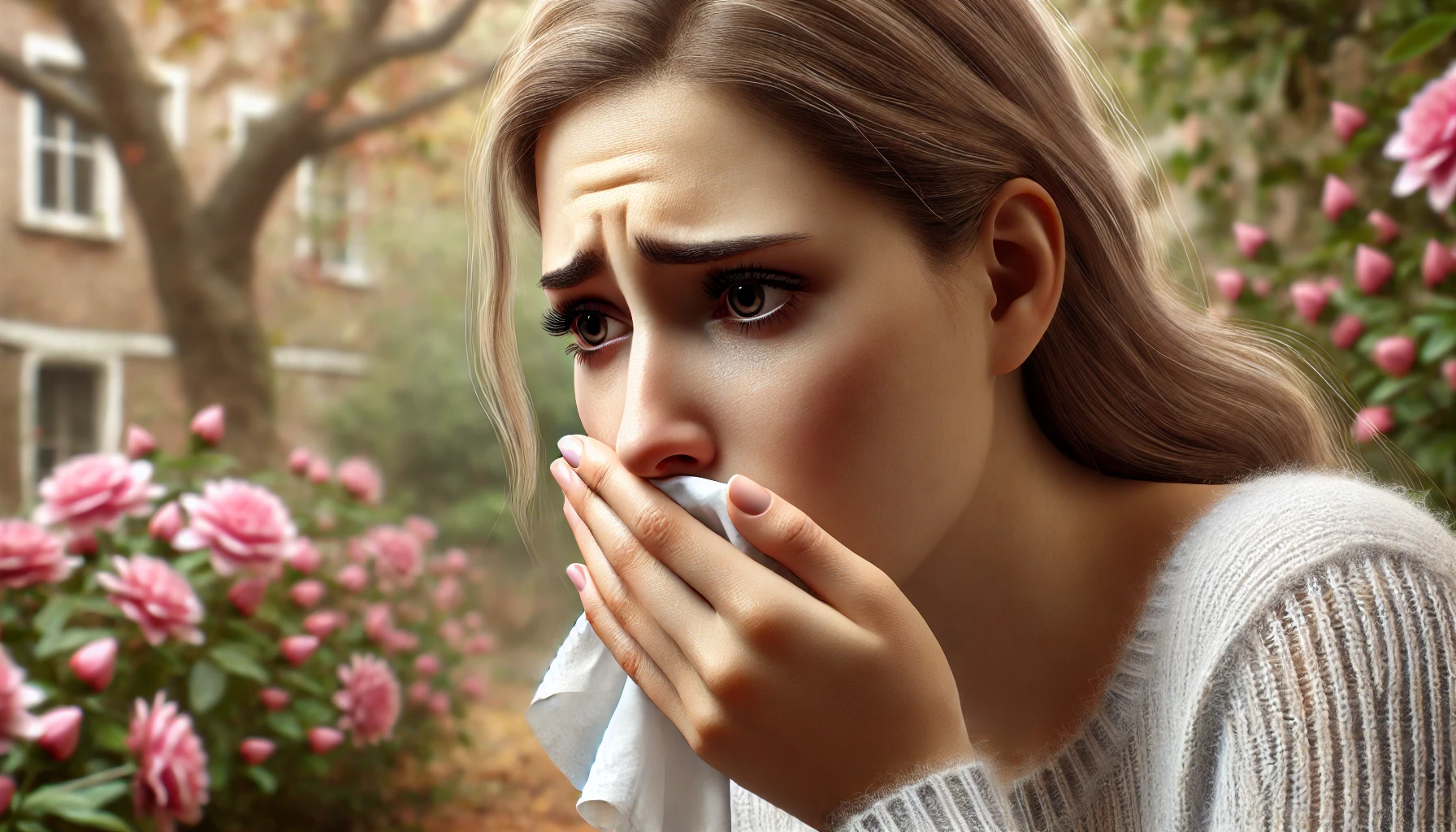Health Notice: This article was written using the Consensus AI Academic Search Engine. It is intended solely for informational purposes and should not be considered medical advice. Always consult a licensed healthcare provider for diagnosis, treatment, or medical guidance. Please refer to the full Disclaimer at the end of this article.
Brown phlegm can be alarming and may indicate various underlying health issues. Understanding the causes of brown phlegm is crucial for proper diagnosis and treatment. This article explores the potential causes of brown phlegm, drawing on recent research findings.
Causes of Brown Phlegm
1. Infections
Infections, particularly those affecting the respiratory system, can lead to the production of brown phlegm. Bacterial infections such as pneumonia or bronchitis can cause phlegm to change color due to the presence of blood or pus. Chronic infections may also lead to the accumulation of old blood, which can turn phlegm brown.
2. Chronic Obstructive Pulmonary Disease (COPD)
COPD, which includes chronic bronchitis and emphysema, is a common cause of brown phlegm. In COPD, the airways become inflamed and produce excess mucus, which can mix with blood from damaged airways, resulting in brown-colored phlegm.
3. Environmental Factors
Exposure to pollutants, dust, and smoke can irritate the respiratory tract and lead to the production of brown phlegm. Long-term exposure to these irritants can cause chronic inflammation and damage to the airways, contributing to the discoloration of phlegm.
4. Phlegm-Dampness Metabolic Syndrome (MS)
Recent research has highlighted the role of brown adipose tissue (BAT) in phlegm-dampness metabolic syndrome (MS). A study conducted on patients with phlegm-dampness MS found that these patients exhibited abnormal BAT-related indicators, suggesting a reduction in the content or activity of BAT in the supraclavicular region (SCR)1. This reduction in BAT activity may contribute to the production of brown phlegm in these patients.
5. Lung Cancer
In some cases, brown phlegm can be a sign of lung cancer. Tumors in the lungs can bleed, leading to the presence of blood in the phlegm. This blood can mix with mucus and turn it brown. It is essential to seek medical attention if brown phlegm is accompanied by other symptoms such as unexplained weight loss, persistent cough, or chest pain.
Conclusion
Brown phlegm can be caused by a variety of factors, including infections, COPD, environmental irritants, phlegm-dampness metabolic syndrome, and lung cancer. Understanding the underlying cause is crucial for effective treatment. If you experience brown phlegm, it is important to consult a healthcare professional for a thorough evaluation and appropriate management.
Disclaimer
The content in this blog post was generated using Consensus, an AI-powered academic search engine, and is based on publicly available scientific literature. While we strive to provide accurate, up-to-date, and well-researched information, this content is intended for informational and educational purposes only.
It does not constitute medical advice, diagnosis, or treatment. Always consult a qualified healthcare professional before making decisions related to any medical condition, treatment, or medication.
The AI system’s analysis may not account for all perspectives, ongoing research, or individual circumstances, and should not replace professional expertise. Neither the blog publisher nor the developers of the Consensus AI tool are liable for any decisions or actions taken based on this content.
Use of this information is at your own risk. Where provided, citations link to original scientific studies for reference only—these should be reviewed independently and interpreted with the support of a qualified medical or research professional.
If you are experiencing a medical emergency, please seek immediate care from a healthcare provider or call emergency services.
